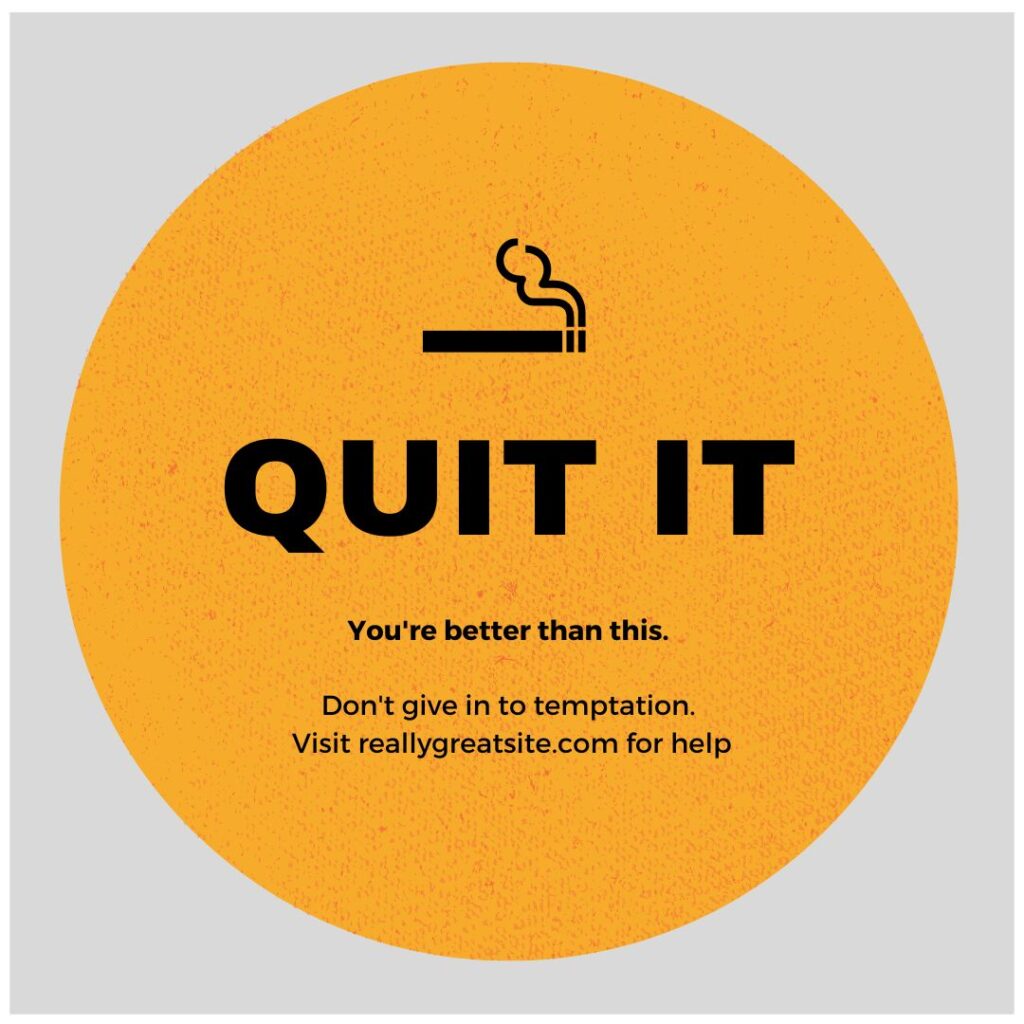What is Anti-Tobacco Day and its theme in 2024?
WNTD is celebrated every year on the 31st of May throughout the globe. This annual day focuses on raising awareness about the harmful implications of the use of Tobacco, business methods of tobacco, and the actions taken by the Government as well as the World Health Organisation (WHO) to evade the use of tobacco.
The anti-Tobacco day is a global campaign led by WHO. This year the theme of WNTD is “Protecting Children from Tobacco Industry Interference,”. This theme highlights how children can be protected from the strategic promotional ads employed by the Tobacco industry to attract young people.
Image Source: Twitter
This year, the Department of School Education and Literacy, Ministry of Education is committed to sensitizing young children about the harmful influence of Tobacco and also inspiring the younger generation towards leading a Tobacco or nicotine-free life.
In 1987 the World Health Assembly passed a pledge to observe the 31st of May as a tobacco epidemic and evaluate the pros and cons of Tobacco eat up every year on this day. Since the year, Anti Tobacco Day has been observed and it also plays a crucial role in educating the public, encouraging change of policy, and raising awareness among young individuals.
Image Source: Canva
How use of tobacco is shortening human lives?
As per the findings of the WHO Tobacco eat up is the key cause of death in India and is the major reason for the death of 1.35 million people annually. Additionally, 60 lakh employees employed in the Tobacco industry are at risk of developing numerous diseases due to the absorption of tobacco through the skin.
Image Source: Indiatoday
Smoking statistics among women
Smoking cigarettes is the most prevalent way people consume tobacco globally. Meanwhile, the narrowing gap in smoking habits between women and men is raising an alarming concern.
Gone are the days when there was a saying “Achhi Ladkiyan Cigarette Nahi peeti (Good girls don’t smoke)”. This age-old age rooted in conservative values and gender roles is being divided by a growing number of Indian women however the shift carries complex implications, particularly concerning health and societal perceptions.
In rural centers and rural villages due to limited health facilities, women often lean towards the use of tobacco to overcome the hardships of their life.
Contrastingly in urban areas, women are increasingly found to consume tobacco mainly due to the influence of marketing campaigns that are led by the tobacco industry. Tobacco companies often carry out marketing campaigns that Associate smoking with modernity and women empowerment. targeted marketing has contributed to the increasing number of women taking up smoking and other forms of tobacco use.
How tobacco eat up is burdening the economy of the country?
Beyond the negative influence of tobacco up on human health it is also considered as an erosive crop as it rapidly depletes the nutrients of the soil. Tobacco production demands more fertilizers, further worsening the soil quality. The consumption and production of tobacco generate almost 1.7 lakh tones of garbage annually.
Moreover, 5.4 kg of wood is required to process around 1 kg of Tobacco. It is also a major reason for deforestation in India. In the study of 2021 it is found that in the union budget, 1,7 lakh crore has been lost in the fiscal year 2017-2018 due to its harmful impact on human health.
Thus, it is evident that the tobacco industry is causing adverse influences on both the health of human beings and economic sustainability.
What are the strategies adopted by the Government to help people overcome this addiction in 2024?

As per the reports of WHO the tobacco industry is targeting young individuals. The commitment of the Government in the year 2024 to educate young children about the harmful influence of tobacco and framing policies to shield young minds and improve their well-being is an effective move to reduce the smoking numbers in the future.
This awareness will lead young minds to not fall into the prey of manipulative advertisements of the Tobacco industry and to stay aware of their health.



